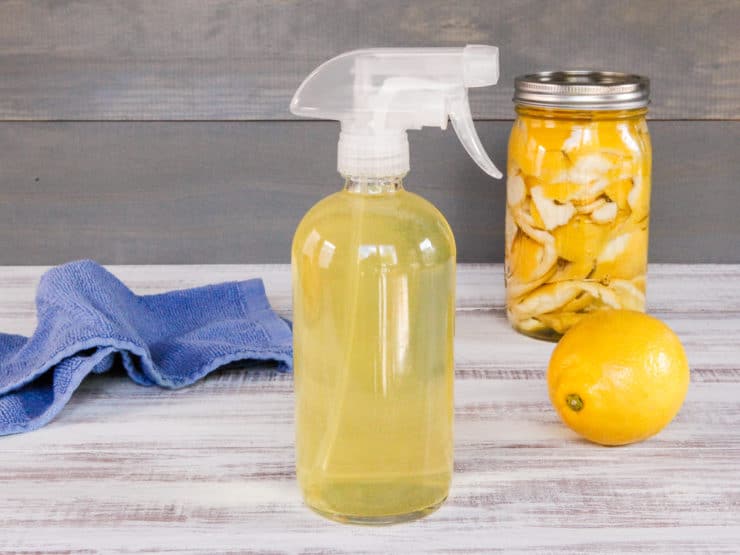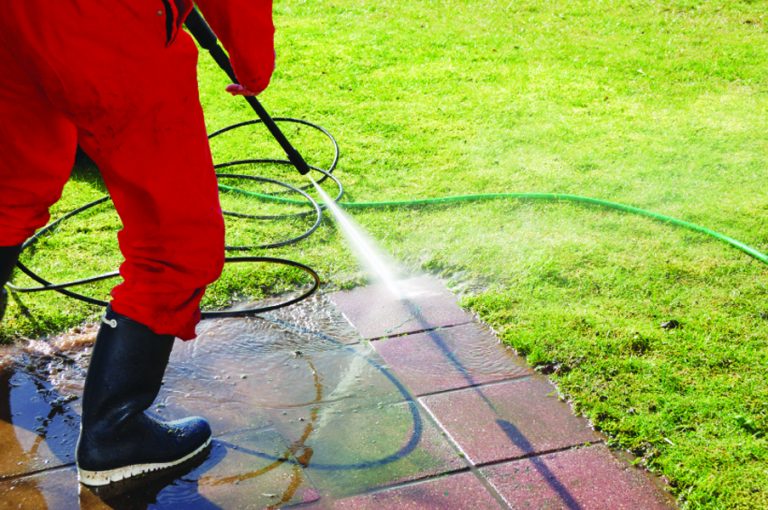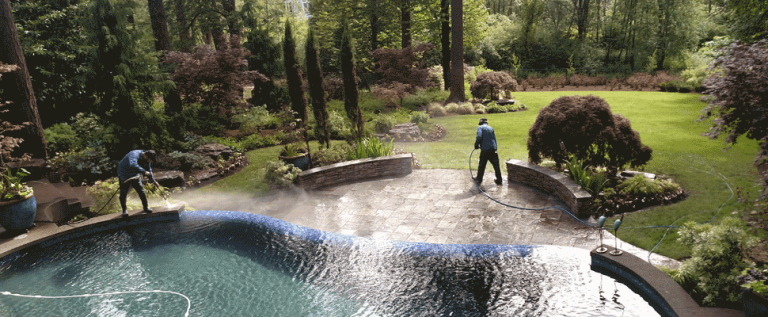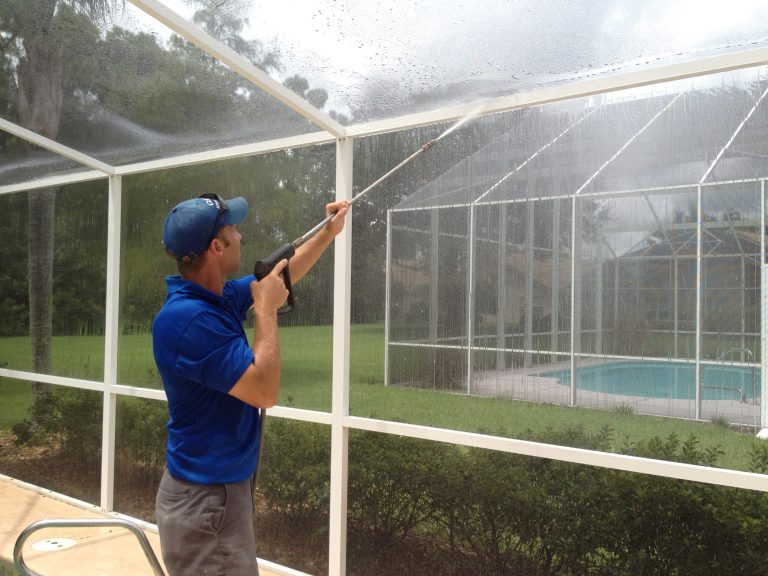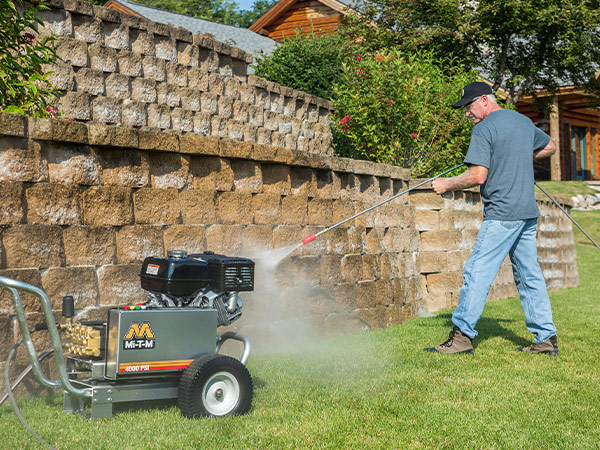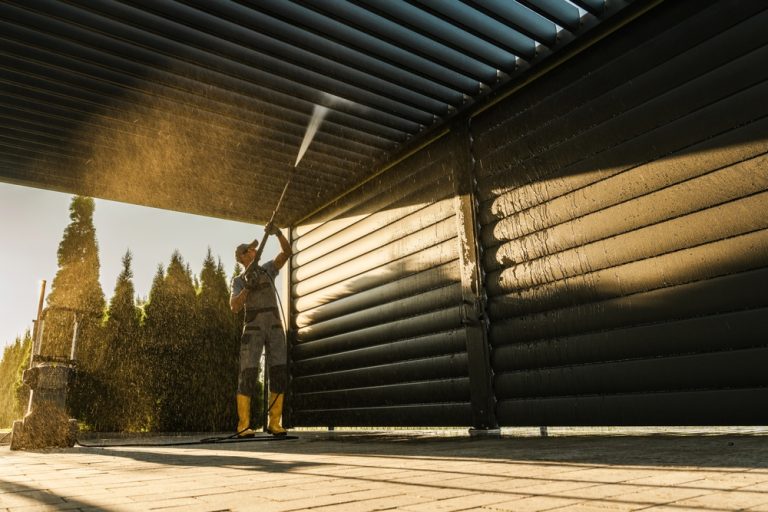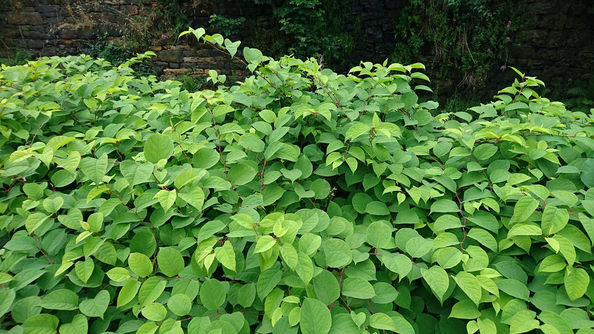
Power washing is commonly used to maintain clean, safe surfaces—but it can have unintended environmental consequences far beyond the job site. One such consequence that often flies under the radar is its role in spreading invasive plant species through runoff. 🧼💦
While it may seem far-fetched, the reality is that invasive seeds, spores, or plant fragments can easily be picked up by high-pressure water and carried into new environments, especially when runoff isn’t properly managed. In this article, we’ll dive into how this happens, what the risks are, and what power washing professionals and homeowners can do to prevent it. 🌎🌱
🌍 What Are Invasive Species?
Invasive plant species are non-native plants that spread rapidly and aggressively, often outcompeting native species and disrupting ecosystems. These plants typically:
- Thrive in disturbed areas
- Have few natural predators or diseases in their new environment
- Spread via seeds, roots, or vegetative fragments
Examples of problematic invasive plants in North America include:
- Japanese knotweed
- Purple loosestrife
- English ivy
- Kudzu
- Garlic mustard
🪴 Once introduced, these plants can alter soil chemistry, degrade habitats, and even reduce water quality in nearby bodies of water.
💦 How Power Washing Spreads Invasive Plants
Power washing can inadvertently help invasive plants spread by:
1. Dislodging Seeds and Plant Material
High-pressure streams can dislodge seeds, roots, or stem fragments from:
- Retaining walls and driveways
- Building siding
- Decks and patios
- Garden edging
If the plant material is invasive, it can travel with runoff and take root in new soil downstream.
2. Transporting Material via Runoff
Runoff from power washing jobs often flows into:
- Side yards
- Public ditches
- Storm drains
- Nearby green spaces
This water becomes a vehicle for biological hitchhikers, allowing plant materials to spread far beyond the original job site. 🌊
3. Contaminating Equipment
Power washing equipment, hoses, boots, and even vehicles can retain soil or plant fragments from one location and carry them to another job. Without proper cleaning, this creates a cycle of unintentional cross-contamination.
🧪 Real-World Example: Ivy Outbreak in an Urban Park
In Portland, Oregon, a maintenance crew power washed an old brick wall covered in English ivy. While the job cleared the surface, runoff flowed directly into a storm drain connected to a city greenbelt.
- Within a few months, ivy began growing along the greenbelt’s pathways
- Native ferns and underbrush began to decline
- City workers traced the infestation to the power washing site
The city had to invest over $10,000 in invasive removal, herbicide treatments, and native plant restoration efforts. 🌿⚠️
🐞 Why It Matters
Invasive plant species cause serious environmental and economic harm:
- 🐝 Reduce biodiversity by choking out native plants needed by pollinators and wildlife
- 🏞️ Alter natural water cycles by increasing erosion or consuming excess groundwater
- 🧬 Degrade soil health and affect natural regeneration cycles
- 💰 Cost billions in damage and removal each year in the U.S. alone
Power washing—when unmanaged—can unintentionally become a vector for this spread, especially in sensitive or semi-natural areas like parks, nature trails, or watersheds.
🚫 Areas of High Risk
Certain locations are especially vulnerable to plant spread via runoff:
- Properties near wetlands, creeks, or lakes
- Areas with unmaintained landscaping or wild edges
- Locations with erosion-prone slopes
- Urban greenways and bioswales
Runoff in these zones can carry invasive species directly into fertile, unmanaged areas where they thrive and spread rapidly.
✅ Best Practices for Preventing Invasive Spread
1. Inspect Vegetation Before Washing
- Identify and document any known invasive plants near the job site
- Remove or cut back these plants (following local guidelines) before washing
2. Control and Contain Runoff
- Use berms, silt fences, or vacuum recovery systems
- Redirect water flow away from gardens, woods, or storm drains
3. Clean Equipment Between Sites
- Rinse off power washers, hoses, boots, and even wheels before traveling to the next location
- Dispose of rinse water safely (away from storm drains)
4. Avoid Power Washing Overgrown Areas
- If a surface is covered in moss, ivy, or groundcover, trim or remove vegetation before pressure washing
- Use lower pressure or manual removal for areas heavily infested with invasives
5. Educate Clients
- Inform property owners of the risks and get consent to mitigate invasive spread
- Offer eco-conscious packages that include invasive control steps
📊 Summary Table: How Runoff Spreads Invasives
| Source of Spread | Mechanism | Preventive Measure |
|---|---|---|
| Dislodged seeds/fragments | Carried by runoff water | Pre-trim invasive plants |
| Contaminated equipment | Seeds stuck to gear or hoses | Clean tools between jobs |
| Direct drainage | Runoff flows into green space | Divert runoff or use berms |
| Pressure washing overgrowth | High-pressure release of plant parts | Use manual removal or low-pressure wash |
Power washing is a powerful maintenance tool—but without awareness, it can also be a powerful spreader of invasive species. As environmental stewards, it’s important to recognize our role in preserving biodiversity and maintaining healthy landscapes.
By making simple adjustments and educating ourselves and clients, we can continue to clean up our properties without seeding ecological problems down the line. 🧽🌱🚫
